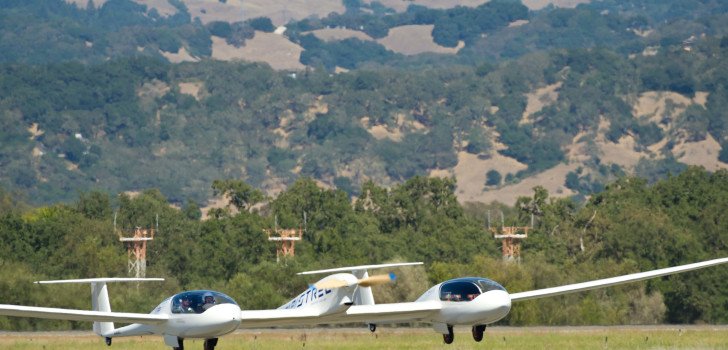The world’s first light powered air-plane, Solar Impulse, has arrived in east China city of Nanjing it was reported Wednesday.
Lead pilot Bertrand Piccard nosed the prop-driven vehicle back down to earth at 11:28pm local time. The plane had travelled 770 miles from Chongqing in the west of the country.
The ambitious project is aiming to be the first solar powered aircraft to circumnavigate the globe. The crew must now prepare for the challenge of crossing the Pacific.
The next leg of the journey won’t begin for 10 days as the aircraft must now undergo a thorough servicing in preparation for the feat.
Meteorologists on the Swiss team, who are based out of the control center in Monaco, will look for a suitable weather window for the ocean flight once the service is completed.
The trip will be done in two stages, with the first reaching over to Hawaii – a distance from Nanjing of about 5,000 miles. For the slow-moving aircraft, this means being airborne continuously for several days and nights, something not possible on today’s modern jetliners.
The trip was already simulated late last year. The team found that the weather opening was found quite quickly, but also recognizes that its stay in Nanjing could be a long one.
“I think 10 days is the time we need to get ready. Then we need to wait for a good weather window,” explained mission director Raymond Clerc.
“That could be three days; we could have to wait three weeks – because this leg is really the most important and is very complex. To go towards Hawaii could last five days and five nights.”
Captain Piccard has been sharing the flying duties in the single-seater with his business partner, Andre Borschberg. Borschberg, a trained engineer, will pilot the aircraft for the leg to Hawaii.
So far, Solar Impulse has covered about 5,000 miles since leaving Abu Dhabi, UAE, on 9 March.
Experience gained in the around the world journey will be applied to future aircraft designs, with the aim of both reducing earth polluting emissions and making the cost of air travel more affordable. It is likely that future electric designs could offer travels a slower yet cheaper service compared to today’s commercial aircraft.
Stay Connected